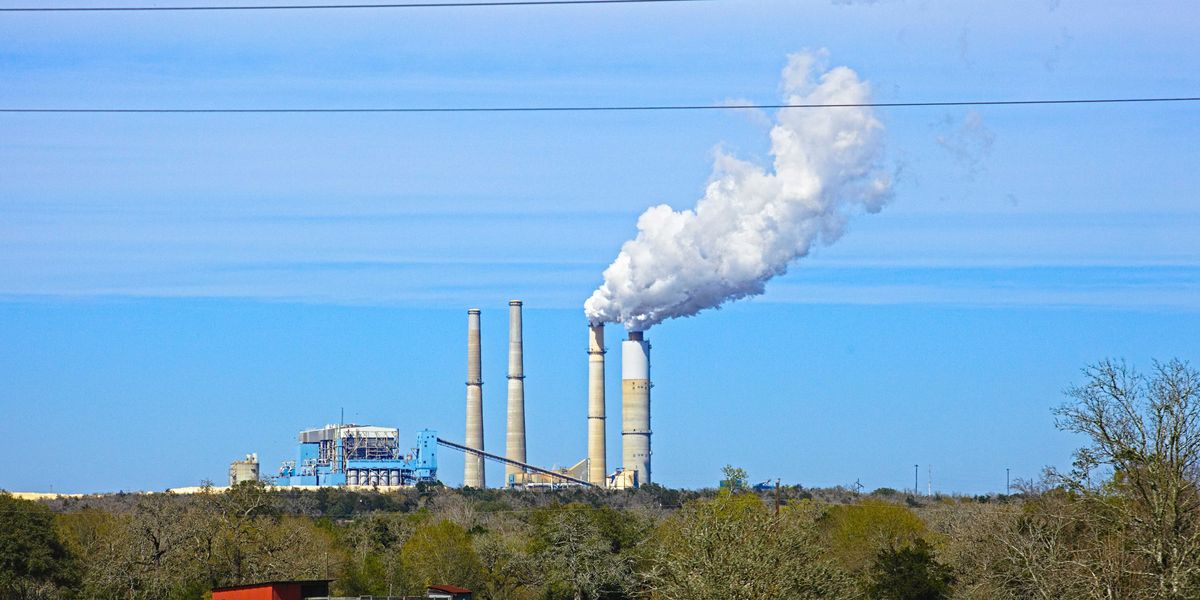
Trump moves to limit environmental reviews for AI data center projects
President Donald Trump has proposed easing decades-old environmental review requirements to speed construction of AI data centers, a step critics warn could weaken oversight of pollution and water use.
Melina Walling and Matthew Daly report for The Associated Press.
In short:
- The plan would grant categorical exclusions from the National Environmental Policy Act (NEPA) to AI-related data centers, bypassing lengthy environmental impact studies.
- NEPA, enacted in 1970, requires federal agencies to consider a project’s environmental effects and invite public input; courts have used it to address pollution, wildlife harm, and climate impacts.
- Business groups say NEPA slows development for years, while environmental advocates argue that weakening it will sideline science and public participation.
Key quote:
“It’s par for the course for this administration. The attitude is to clear the way for projects that harm communities and the environment.”
— Erin Doran, senior staff attorney at Food & Water Watch
Why this matters:
Data centers are the unseen engines of modern technology, storing and processing information that powers artificial intelligence, social media, and banking. They require enormous amounts of electricity and water, straining local grids and aquifers, and often run on fossil fuels that drive climate change. Environmental review laws like NEPA were designed to slow projects long enough for communities to understand these trade-offs and for agencies to weigh less damaging alternatives. Removing those checks could accelerate economic growth but also lock in pollution and water use for decades. Communities near proposed sites may have little recourse if problems emerge after construction begins.
For more: Trump’s AI push aims to bypass environmental rules for new data centers













